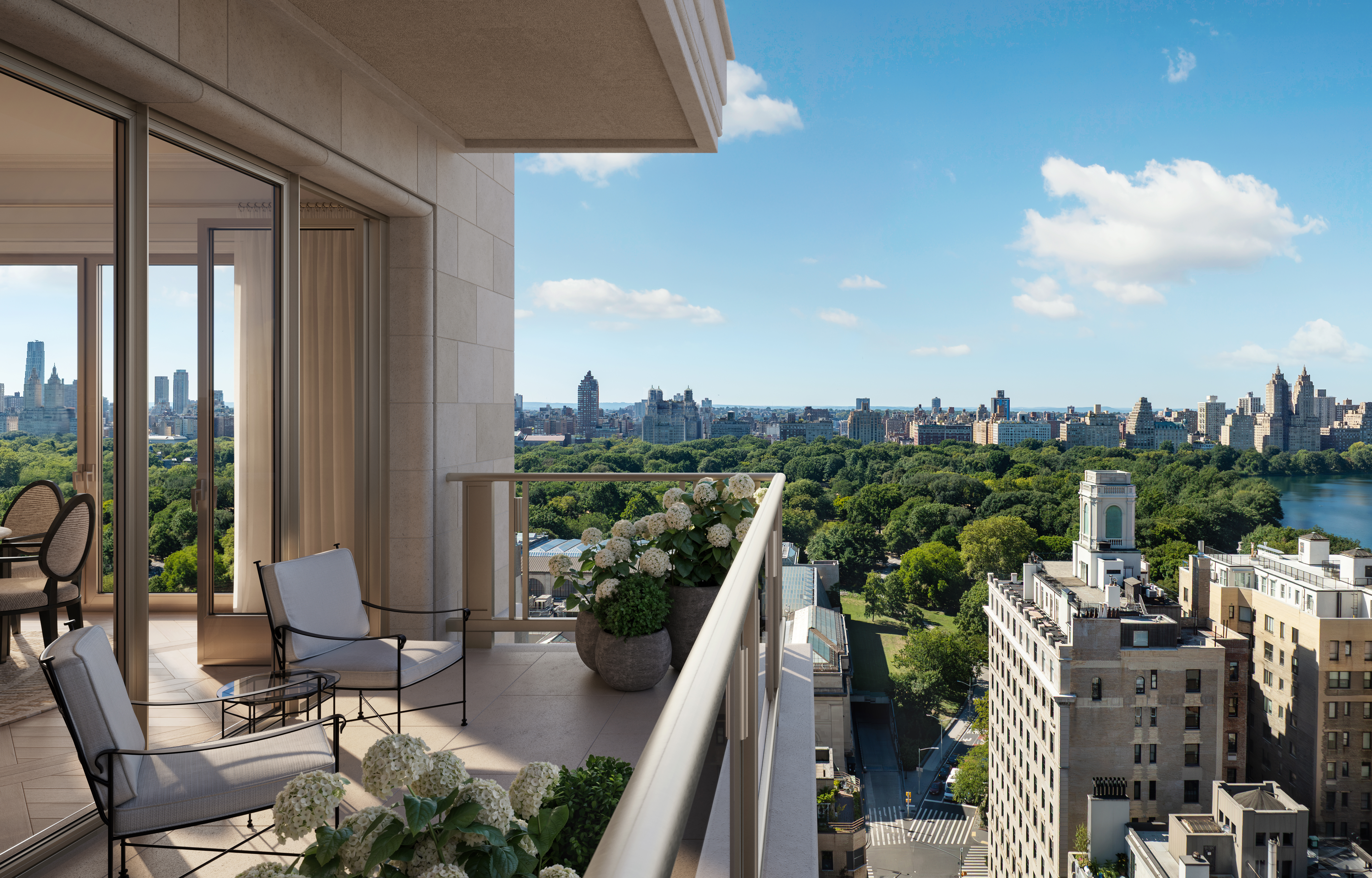NYC lead-based paint inspections: Why property owners should act now! - by Lee Wasserman

Despite a four-year window of opportunity in which to act, smart property operators are choosing to comply to NYC lead laws now. Why?
By way of background, NYC made aggressive changes to the city’s lead-based paint laws leading up to 2021. They now require all pre-1960 rental properties to have an HPD (not HUD) lead-based paint inspection completed by August 2025. In addition, units with resident children ages five and younger must be lead inspected within 12 months of residency inception dating back to August 9th, 2020.
There are approximately two million NYC apartment units that will need to be tested under these statutes. With less than four years–or 46 months–left to comply, why should you act now?
Scarcity of Experts
Nine experienced lead evaluation firms have been actively working with NYCHA for the past 18 months, inspecting 100,000 of their apartment units. Through this process, the teams involved have learned a lot about the challenges of this work and the pace at which it can reasonably be conducted. Mathematically it portrays an unsettling conclusion. At the assumed rate, it could take up to 20 years to meet the requirements of the law for NYC clients in the private sector. Of course, capacity to serve the need will eventually increase, but the two million units is still a substantial lift for the number of qualified and experienced individuals in this field.
In order to meet the need within the next four years, certified environmental professionals should have completed about 400,000 units since the effective date in August 2020. Due to COVID, rent moratoriums, low occupancy rates, and the fluidity of HPD’s requirements, those units have not been inspected to date, increasing demand in the remaining timeframe leading up to 2025, and stressing vendors and property owners alike.
So, what does this mean to a landlord? Each year that passes without a substantial amount of inspection activity will contribute to the growing bottleneck in future years. When supply is low and demand is high, prices will rise: Economics 101. Property owners who begin lead inspections now will not only have access to the most experienced properly staffed and equipped experts and firms to work on their behalf, but will likely also enjoy a better rate for the services.
More Stringent Requirements
A compounding factor: Beginning December 1, 2021, all lead based paint inspections will have to be compliant with the new NYC definition of lead-based paint, (0.5mg/cm2 versus 1.0mg/cm2 - a 50% reduction)!!
What does this mean to you, a property owner/manager? Based on our experience inspecting tens of thousands of NYCHA and private owners’ units over the last several years, you should not assume you are in the clear due to past negative tests. Given this new lower threshold, there is a great likelihood that numerous building components previously certified as lead-based paint free are now suspect. Should such findings occur, determining how to properly address these issues will take additional time.
Due to this substantially lower definition (0.5mg/cm2) the demand will correspondingly increase for more lead treatments, compliance requirements, staff and third-party vendor EPA training, and clearances. In extreme circumstances, violations and litigation are possible. These activities will require additional capacity and will apply additional strain on a limited group of vendors and resources.
As the frequency of finding lead based paint increases, requirements of your maintenance staff and third-party vendors will also. As of August 9, 2020, (LL31/2020) contractors applying to the Department of Consumer Affairs for a home improvement license must provide documentation that they have obtained EPA’s Lead Safe Work Practices Training (RRP) or a signed affirmation that the work will not disturb paint covered by the rules (EPA & NYC).
Legal Risk
Of course, it is never wise to wait until the last minute. If it is determined that a property owner is not in compliance with the law, or has not followed lead-safe work practices, there are multiple city penalties that can be issued by DOHMH and DOB. These fines can range from $200 to upwards of $25,000! The sooner owners/managers begin complying with the new HPD and city requirements, the lower the chances of suffering these possible consequences.
HPD is not the only means of enforcement, of course. The real and more costly enforcers are your residents, the media, and litigators. After decades as a recognized lead-based paint expert, assisting landlords against lead paint claims for over 20 years, I can warn that it is much harder to defend an owner who is not compliant with the law (perceived or otherwise)! Negative press can also be avoided by complying.
Complexity of Factors
Ask yourself within your portfolio, which of these types of pre-1960 NYC rental properties do you own/manage?
- No lead-based paint. You should get an exemption now!!
- Consistent lead-based paint pattern. This is extremely manageable.
- Random lead-based paint throughout. This type of property carries the greatest risk.
Each of these property types take time to address with a well-thought-out program to assure proper compliance per property. A solid plan will mitigate violations, price gauging, bad press, litigation and unnecessary stress! Given these potentially challenging factors, the smart owner/manager will begin a lead inspection and compliance program sooner rather than later so they can assure their residents of a safe and healthy living environment while concurrently preserving and protecting their assets. Isn’t that what we want?
Lee Wasserman is the CEO of LEW Corp. and NAETI, Mine Hill, N.J.
Habitat, Duvernay + Brooks and Buffalo Municipal Housing close on 254-unit first phase redev. of Marine Drive Apts.


The CRE content gap: Why owners and brokers need better digital narratives in 2026 - by Kimberly Zar Bloorian








.gif)


.jpg)
.gif)